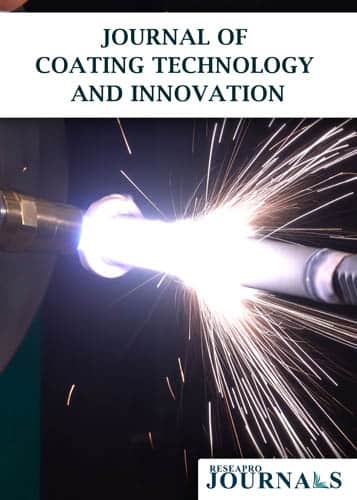
Journal of Coating Technology and Innovation
OPEN ACCESS
ISSN: 3048-5193

OPEN ACCESS
ISSN: 3048-5193

Department of Chemical Engineering, Indian Institute of Technology (ISM), Dhanbad 826004, Jharkhand, India
The increasing demand for sustainable materials has positioned jute as a prominent natural fiber due to its affordability and environmentally friendly properties. However, its application is limited by inherent drawbacks such as high moisture absorption, poor wettability, low thermal stability, and quality variability. These issues can be addressed by modifying jute surfaces to achieve water-repellent (hydrophobic/superhydrophobic) properties through physical and chemical treatments. This review offers a comprehensive overview of jute fabric sources and properties, exploring physical modification methods such as plasma and radiation treatments, and chemical methods including fluorination, silane coupling agents, sol-gel processes, polymer coatings, and nanoparticle coatings. These methods effectively reduce surface energy and introduce nanoscale roughness, resulting in water-repellent jute fabrics. Applications of modified jute include waterproof textiles, oil-water separation, moisture-resistant packaging, construction materials, and enhanced durability in composites. The study concludes with insights into the future prospects, advocating for the development of eco-friendly coatings that preserve jute’s natural benefits while enhancing its performance in modern applications.
Received 24 July 2024; Revised 21 August 2024; Accepted 28 August 2024
Department of Chemical Engineering, Indian Institute of Technology (ISM), Dhanbad 826004, Jharkhand, India